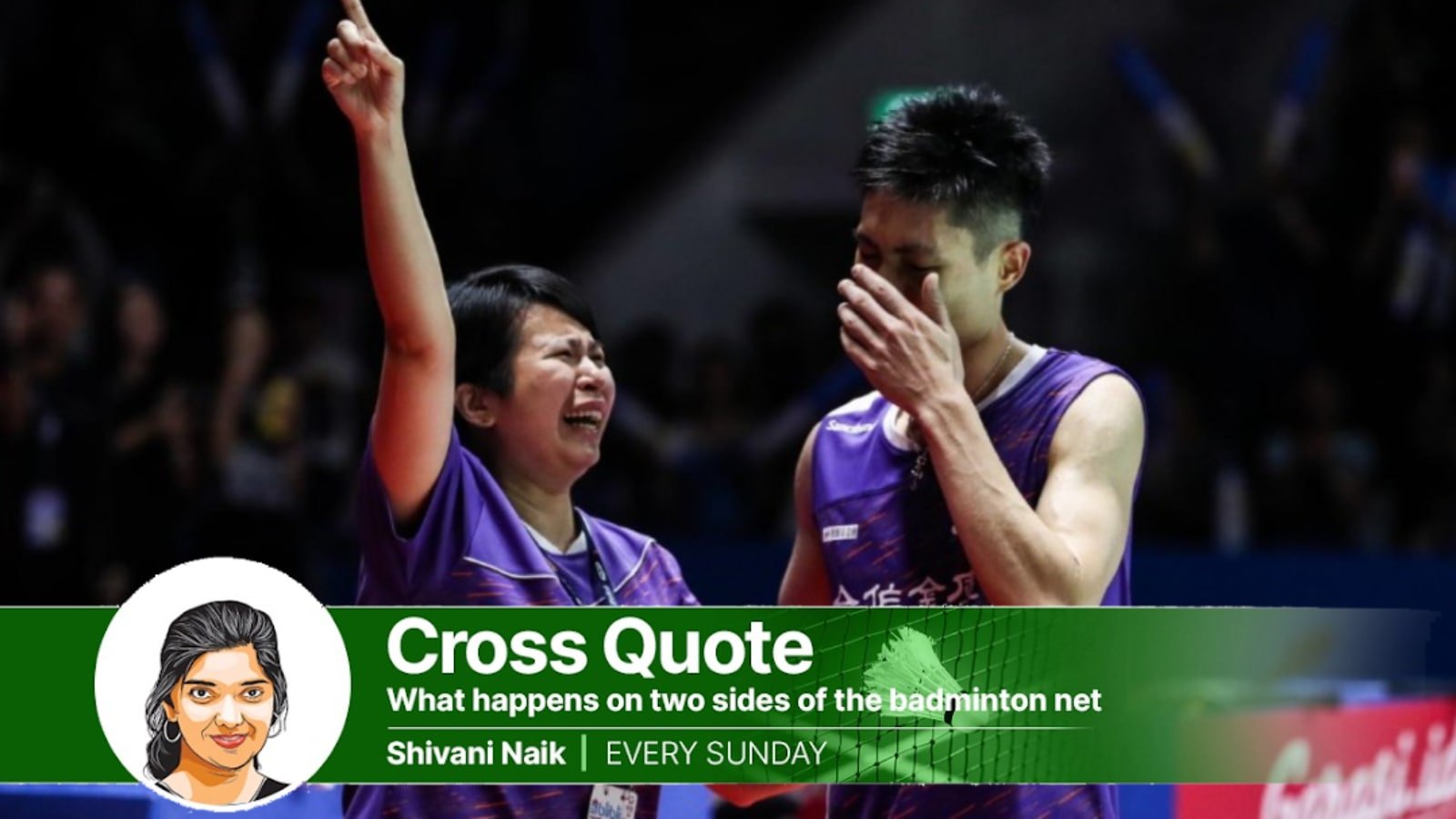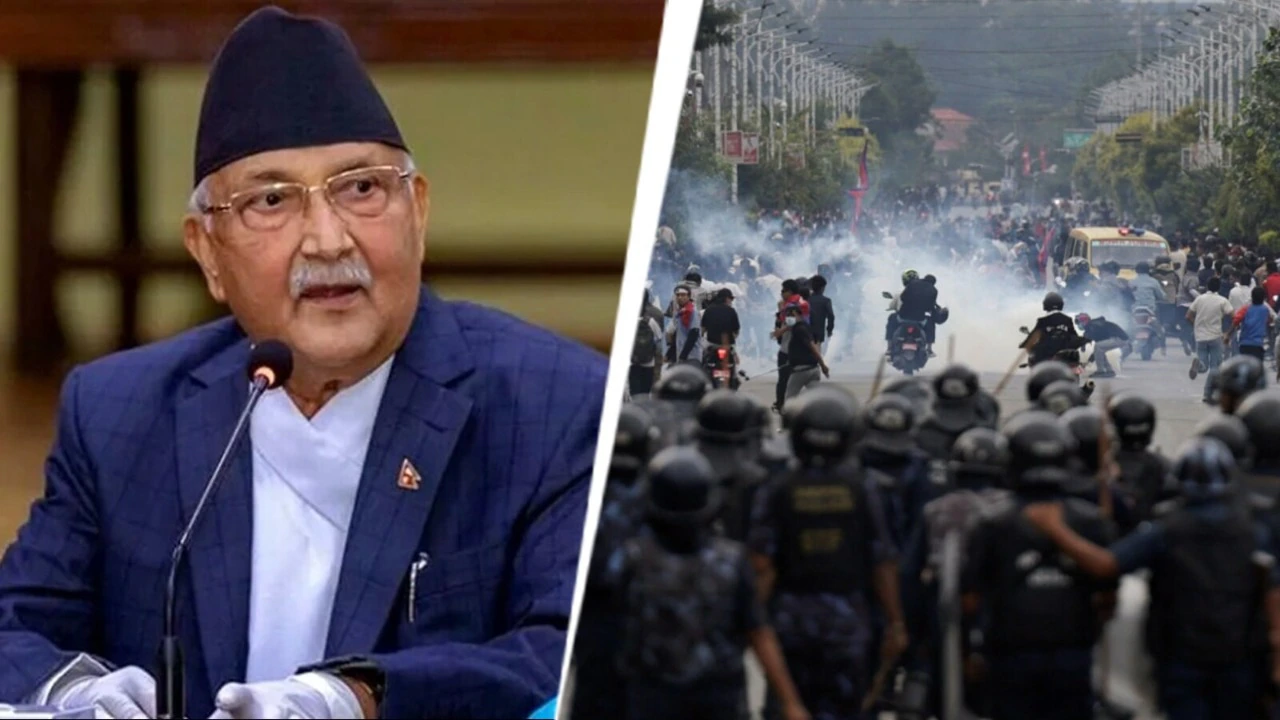On a recent episode of TheAverageNotAverage badminton podcast, Viktor Axelsen paid the ultimate tribute to fellow fabulous men’s singles shuttler Chou Tien Chen. “Either he’s genetically a freak, naturally strong like with Wolverine recovery. But also with Victoria, they are really trying to take care of his body.”
Axelsen was shining the arclights on a species of people that might be as important or even more in some cases than the coach: the backroom trainers and Strength and Conditioning (S&C) professionals. As Tien Chen, who doesn’t have a coach, proved, a strategist might well be dispensable but the physio-trainer is simply inseparable at the highest level.
The cause of Axelsen’s admiration was Tien Chen’s unreal fitness levels, where he plays week in, week out at age 35, casually defeating top names on the circuit, without any major injury. He of course, is a cancer survivor, but the ‘Wolverine recovery’ reference was a nod to his consistency of high-level play on the Tour. Victoria Kao is that bubbling figure you see on Tien Chen’s coaching bench, whooping and clapping to cheer him on. But it’s no secret, she is a hard taskmaster as his S&C trainer, physio and cheerleader, all rolled into one. A Yukio to his Logan too.
Nodding fervently on that podcast was Spaniard Christian Luque Manjon, the man who brought in fresh ideas to strengthen the Chinese Mixed doubles dynasty, which is something of an unbeatable assembly line, though most notably working with Olympic champion Zheng Siewen with whom he runs a massive state-of-the-art training centre in China. Luque moved from sports to badminton while working at one of the Chinese tennis academies, slowly building up literature that applies to a different racquet sport, circa 2018. He remains pivotal to Chinese badminton development, seven years on.
It’s not uncommon for the top names to incorporate S&Cs into their everyday training and even have them courtside, like Carolina Marin used to, through her many successful comebacks. And India has some pretty scholarly work being done by the likes of Kiran Challagundla, Sumansh Sivalanka and Johnson Solomon at Hyderabad, patching up and strengthening the power games of Satwik-Chirag.
Previously, there was Srikanth Varma when Sindhu won her World title helping prolong a career well past the prime of 25. They are more than gym drill masters or warm-up instructors, they also meticulously plot recoveries and rehabs, and are increasingly pushing the boundaries in injury prevention. Alongside Bangalore’s Deckline Leitao, and hundreds of others at academies big and small across India, the sport is preparing shuttlers to get stronger and add the power to strokes and build endurance – the minimum requirements, alongside techniques to smash, toss, drop and tumble. Every lunge is carefully calibrated, broken down into as many as four movement parts.
Kettleball workouts
Kettleball workouts for a very specific wrist flick were deployed by a Jaipur academy for beginners in only their third year by its trainers, devoting as much time to forearm strengthening, as sharpening the smash.
In fact, Indian shuttlers, who will turn out at the upcoming Junior World Championships in Guwahati, boast of conditioning support unheard of a decade ago. At Reliance Foundation’s Mumbai facility over this summer, a doubles shuttler with a lower back stress injury was patched back and strengthened to leap to a 63 cm jump (nearly 2 feet), on the back of hyper-focussed strengthening programs under S&C coach Arjun Jain. The ankle tendon was literally tested for stability and counter-drop power in the jump tests, before the leaping smash was designed.
Story continues below this ad
Back squats went from 60-70 kg to 125 kg. And an injured shuttler went from lifting 40 to 150 gradually at the testing facility. Indian shuttlers are never short on coaches who can teach skills, but since Gopichand’s All England title in 2001, it has been clear that without strength training, all fancy strokeplay can amount to nought.
Endurance was always the bedrock of badminton, but plenty of work is going into aerobic power, drilling ability to change sudden direction unlike linear movements, the diagonal and backward acceleration and deceleration skills, explains Jain. All of the jumping, hopping, diving, recovering from falls even, are practised in deconstructed agility drills.
Jain talks of the reaction time tests with dizzying, disorienting all-court sizzle runs. These are made complicated by inducing chaos in very low lunges and very high jumps. Even planting the rear foot is tested for efficiency. Data on sudden growth spurts and centre of gravity changes is aligned with power and tissue conditioning. Single-point hops and impact drills, basic levelling up of velocity parameters are all looked at, and training with sensors is fairly common.
Indian medicine has always yielded quicker comebacks from injuries in badminton than other countries, but strengthening to minimise incidences of injury is a high priority because ACLs destroy careers. But comebacks are no race, and plenty of these pros lean towards typical Indian hyper-caution, and end up realising their biggest challenge is to save over-eager shuttlers from rushing back too soon.
Story continues below this ad
There’s the other ‘un-Indian’ trait being activated. A very ancient assumption has been that Indian genetics lack the fast-twitch fibre that helps Far East shuttlers play a speedier game than anyone else. Indians are presumed to be slowish-twitch. Indian success has come on the basis of power and skill, but Jain says S&Cs around the country are determined to overcome that. “Research says the fibre of muscle can be changed. It’s genetic yes, but different training leads to different adaptations,” he asserts. If the coach is the master rustling up success recipes in badminton, S&C trainers are the very necessary sous chefs.



